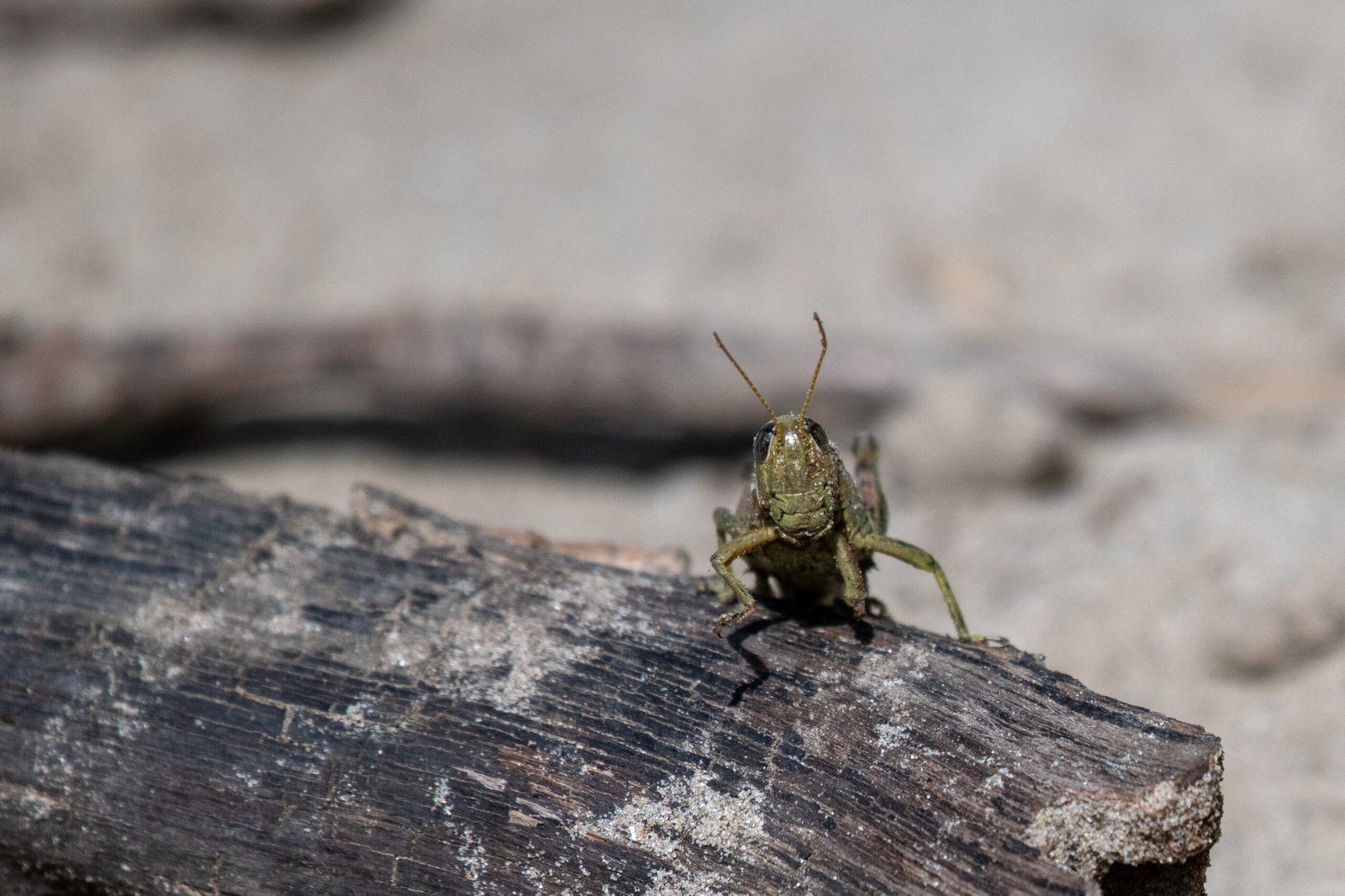Table of Contents
Have you ever wondered about the aggressive nature of capybaras? These adorable creatures, known for their friendly and sociable behavior, may display unexpected aggression under certain circumstances. In this article, we will explore the factors that contribute to capybara aggression and provide insights into how to better understand and interact with these fascinating animals. So, if you’re curious about what lies beneath the surface of their seemingly docile demeanor, read on to unravel the mysteries behind capybaras’ aggressiveness.
Understanding the Aggressiveness of Capybaras
Capybaras are known for their docile nature and friendly demeanor. However, there are instances where these creatures can exhibit aggressive behavior. To better understand why capybaras may become aggressive, it is important to examine the various factors that influence their behavior. Factors such as social structure, mating season, territorial instincts, protection of their young, competition for resources, and their innate defense mechanisms all contribute to the potential aggression displayed by capybaras.

Factors that Influence Capybara Aggressiveness
Capybaras are highly social animals and live in groups known as herds. The social structure and hierarchies within these herds can heavily influence the aggression displayed by capybaras. In a hierarchical system, dominant individuals may become territorial and display aggressive behaviors towards others as a means of maintaining their status. Lower-ranking capybaras may also exhibit aggression in order to challenge the dominant individuals and improve their own position within the group.
Social Structure and Hierarchies
Within a capybara herd, a clear social structure is established. This structure is often determined through dominant-subordinate relationships, with dominant individuals having priority access to resources and preferred areas within the group’s territory. Aggression can arise within the hierarchical system when subordinate capybaras challenge the dominant individuals or when there is a change in the leadership dynamics. This can lead to conflicts and fights, resulting in aggressive behavior.

Mating Season and Territorial Behavior
During the capybara’s mating season, adult males become particularly aggressive. Males display territorial behavior, marking their territory and defending it fiercely from rival males. This aggression can manifest through loud vocalizations, chasing, and even physical confrontations. The competition for mates can escalate aggression levels among males as they strive to secure breeding rights, leading to aggressive encounters within the group.
Protecting Their Young
Capybaras are known to be excellent parents, and they display heightened aggression when it comes to protecting their offspring. If a capybara feels that its young are under threat, it will not hesitate to exhibit aggressive behavior towards potential predators or individuals seen as a danger. This protective instinct can be observed during encounters with other animals, including humans, who may inadvertently come too close to the capybara’s young.

Competition for Resources
As capybara herds rely on limited resources such as food, water, and shelter, competition among group members can arise. When resources are scarce or when individuals feel their access to resources is being threatened, aggression can occur. Capybaras may engage in aggressive encounters to establish dominance and secure their share of vital resources. This aggression is driven by the necessity to survive and thrive within their environment.
Aggression as a Means of Defense
Capybaras, like many other animals, exhibit aggression as a means of self-defense. When capybaras feel threatened or perceive potential danger, they may display aggressive behavior as a form of protection. This aggression can be both directed towards other individuals and utilized as a warning to potential threats. It serves as a deterrent, signaling their capabilities and willingness to defend themselves if necessary.
Aggression towards Humans
While capybaras generally have a peaceful nature, there have been rare instances where capybaras have exhibited aggression towards humans. These instances often occur when capybaras feel threatened, cornered, or provoked. It is important to remember that capybaras are wild animals with their own set of instincts and boundaries. When interacting with capybaras, it is crucial to respect their personal space and not engage in behaviors that may be perceived as aggressive, as this can prompt them to react defensively.
Handling Aggressive Capybaras
In situations where capybaras do exhibit aggressive behavior towards humans, it is essential to understand how to handle such encounters. The first step is to remain calm and avoid any sudden or threatening movements. Backing away slowly and giving the capybara a clear path to retreat is advisable. It is important never to try to confront or intimidate the animal further, as this can escalate the situation. In instances where aggression persists or becomes a recurring issue, seeking the assistance of wildlife experts or professionals familiar with capybara behavior is recommended.
Managing Capybara Aggression
To minimize the potential for aggression in capybaras, it is vital to create an environment that meets their social and physical needs. Providing ample space, diverse food sources, and suitable shelter can help reduce resource competition within capybara herds. Additionally, maintaining a consistent and stable social structure by managing the group dynamics can mitigate the occurrence of aggression. Regular monitoring and understanding of capybara behavior patterns can aid in identifying potential triggers and prevent or manage aggression effectively.
Conclusion
While capybaras generally possess a gentle disposition, it is important to acknowledge that aggression can be displayed by these animals under certain circumstances. Understanding the various factors that influence capybara aggression, such as social structure, mating season, protection of their young, competition for resources, and their defense mechanisms, allows for better management and respect for these remarkable creatures. By ensuring that their needs are met and interactions with capybaras are approached with caution and understanding, we can foster a harmonious coexistence with these fascinating animals.

